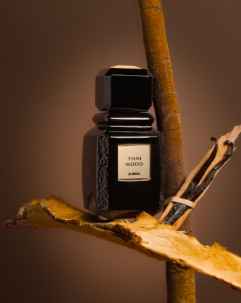The Lush Prize's annual awards have developed a reputation for identifying outstanding projects around the world which are contributing to animal-free laboratory science. Now in its fourth year, Lush Prize judges have decided to make a special breakthrough award of £250,000 to scientists involved in mapping the world's first 'human toxicity pathway'.
Using 21st century technologies like genetics and computing, scientists have now fully explained at a molecular level how a toxic chemical can enter the human body and lead to a recurring allergic skin reaction.
The judges believe that mapping this pathway represents a breakthrough moment marking the first step into a future where a superior molecular science replaces the old, imprecise, technology of testing on live mammals in laboratories.
Although the 'skin sensitisation pathway' has come about through the work of many people over more than two decades, the judges have decided to split the award as follows:
- £100,000 to be shared between four individuals who have made key contributions to building the map in the past.
- a £150,000 energising award to a key global co-ordinating institution working on 'adverse outcome pathways' in the future.
The winners will be announced at the 2015 Lush Prize Awards in London on the 20th of November.
Lush calls this breakthrough award its 'Black Box' Prize because it allows people to understand toxicity happening inside the cells of human organisms for the first time. Testing chemicals on animals is a 'black box' because, although it tells you that so many grammes of a poison will kill or damage a creature of a certain weight, it cannot explain why.
















